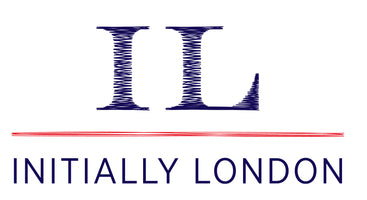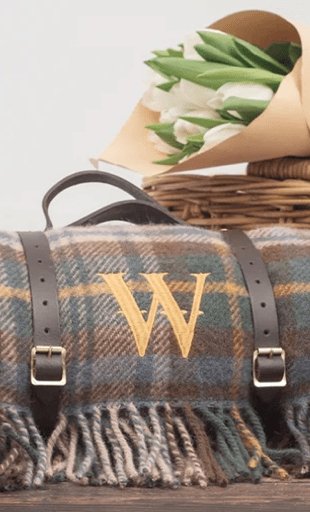
Every time we visit we learn a thing or two about the humble but mighty, all natural, handmade baskets that are as useful today as in the earliest days of civilisation. Handwoven baskets have been used for thousands of years as a way to carry heavy loads and store goods.

A wide range of plant materials are used to make baskets in Morocco including palm leaves from the date palm tree which grows in dry, rocky regions; raffia from a different palm grown in coastal regions of northwestern Morocco; and, esparto grass and reeds which are used for larger baskets and furniture. In addition, baskets made from jute, cotton, flax and more can be found in Marrakech.
If you've ever seen images of Marrakech, or visited the souks, you wouldn't be amiss in assuming that basket making is men's work. The theatre of the souk is indeed a man's world. But the reality is that basket weaving is actually women's work and almost all the master craftspeople making baskets in Marrakech are women.
We spent an afternoon chatting, laughing, sipping tea and designing baskets with some of the wonderful women that make our baskets last week. We sat at their feet, in their home, mesmerised as they wove date palm leaves in to meters-long strips which were then sewed them in to basket shapes.
How those women laughed when we asked if they were an aberration, a rogue group of women in a man's basket-making world. No, weaving baskets is women's work, they told us. They are just not allowed to be seen. But if you're looking carefully as you drive through the countryside you can see groups of women sitting in the shade under trees, weaving palm leaves with fingers moving like a writer's fingers on a typewriter.
Weaving techniques vary by the type of material used, and they also vary from one weaver to the next, as each one has their own technique. There are even different styles of weaving by region in Morocco.
The process of turning dried leaves from the date palm tree to a beautiful woven basket is an intricate one, taking from 3-8 hours depending on the size and intricacy of the basket. Palm leaves are woven in to one long strip that is the right length for the basket being made. Lengths are measured by outstretched arms rather than meter sticks or tape measures. This is an ancient craft perfected by doing rather than by measuring, calculating, calibrating...
The woven strips are then sewn around a metal frame to create the shape of the basket. An unusual flat needle is threaded with thin lengths of strong green palm leaf and the used to sew the strips together. It's hard, tedious work but the effect is stunning.
Once the basket is completed, it is handed over to another craftsperson who specialises in leather work so that handles and trim can be attached. In Marrakech, the leather for baskets is goatskin which is shaved very thin, then tanned and cut to size deep within the souk.

A good old Singer sewing machine is used for any machine sewing required for attaching linings or sewing seams on handles, but mostly basket leatherwork is hand sewn. You can see a bit of both techniques on the basket below:

Our final stop on our basket designing day was for tassels. We're known for our colourful embroidered monograms and we love to see a tassel or two in colours that complement the monogram on a straw basket.
We found these lovely yarn tassels accented with metallic gold thread deep in the souk on this trip:

Hope you'll see our monogrammed straw baskets in a new light now that you know their backstory.
 |
 |


Leave a comment